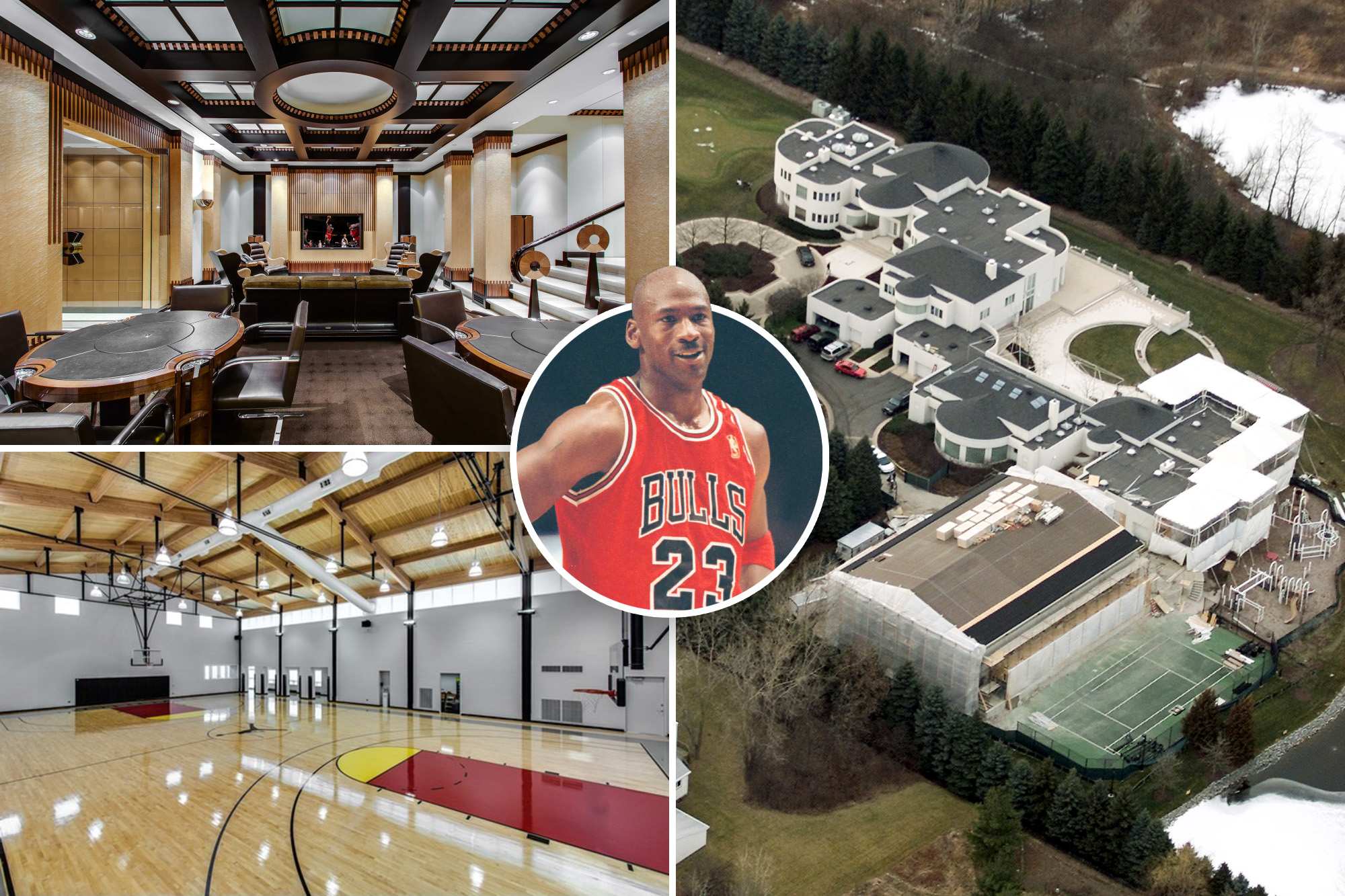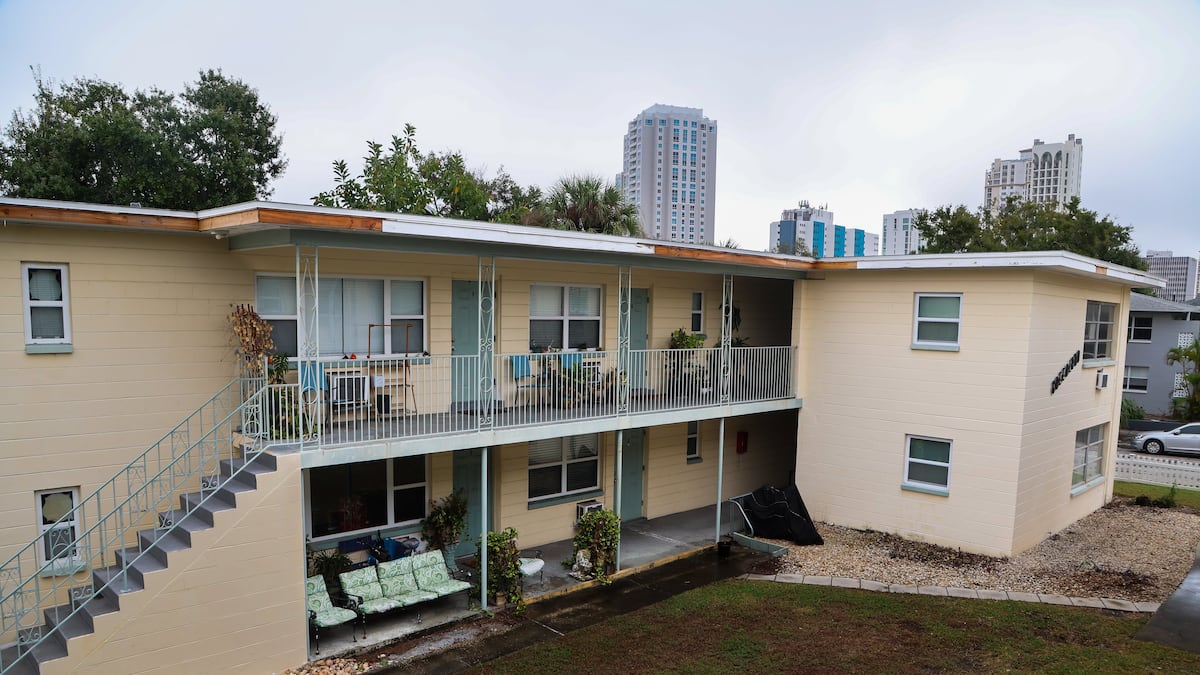T
he U.S. housing market is losing its foothold for younger buyers. The latest data from the National Association of Realtors shows that the median age of first‑time homebuyers has risen to 40, the highest ever recorded. Limited inventory, rising prices, and a longer path to savings have pushed the “starter home” into the realm of luxury for many.
“Debt is a bigger hurdle for the younger generation,” says Compass agent Laura Worrell. “Homeownership costs are climbing faster than entry‑level wages, making it hard to save for a down payment. It’s not just their fault—there are too many obstacles.” Worrell adds that while the American dream of owning a home remains, buyers must adapt to the realities of today’s market.
Miltiadis Kastanis, a top Compass agent, echoes this sentiment. “Homeownership is still at the heart of the American dream, but we need to adjust our expectations and strategies,” he says. “The market has changed, and so must we.”
The 2025 Realtors report attributes the age shift to a scarcity of affordable homes and a protracted search and saving period. National median sales prices reached $410,800 in Q2 2025, and Zillow notes a 45% rise in home values since 2020. These figures illustrate the widening gap between buyers’ financial readiness and market prices.
Kastanis reflects on his own experience: he bought his first home at 19, a time when prices were far lower. “Today’s buyers see online listings of million‑dollar homes and expect similar standards,” he explains. “The cost of living, especially in desirable neighborhoods, has skyrocketed. A $1 million home no longer guarantees the same lifestyle it once did.”
Worrell observes that many in their twenties are not yet focused on the traditional “first milestone” of homeownership. Instead, they are in a planning phase, contemplating how to make a down payment and navigate affordability. “It’s a long journey,” she says. “They need to think strategically about savings, credit, and market timing.”
Both agents point to the compounded challenges of mortgage volatility, soaring prices, and a high cost of living. “Affordability is a major barrier,” Worrell notes. “Without a clear plan to improve affordability, the next generation risks being left behind.” Kastanis adds that older Americans are increasingly choosing to rent because the cost of securing a safe, prime location is prohibitive.
Younger buyers often make costly mistakes due to inexperience. “They’re eager and sometimes reckless,” Worrell warns. “An experienced realtor can guide them toward opportunities—like new construction with builder‑paid closing costs—that they might otherwise miss.” Kastanis stresses the importance of working with professionals who understand both pre‑COVID and post‑COVID market dynamics.
The consensus among the agents is that the American dream still includes homeownership, but it requires a new approach. “You need a solid strategy, professional guidance, and an awareness of factors beyond your control—inventory, inflation, rates,” Kastanis advises. “The market is competitive; you must be prepared.”
Worrell calls for a shift in how young people are taught to prepare for homeownership. “Even with discipline and skills, many cannot overcome low wages or the current economic climate,” she says. “We need to equip them with realistic strategies that match today’s market conditions.”
In short, the housing ladder has lost several rungs for younger buyers. The median age of first‑time buyers is now 40, driven by limited supply and high costs. While the dream of owning a home persists, it demands adaptation, professional support, and a realistic understanding of the market’s new realities.














